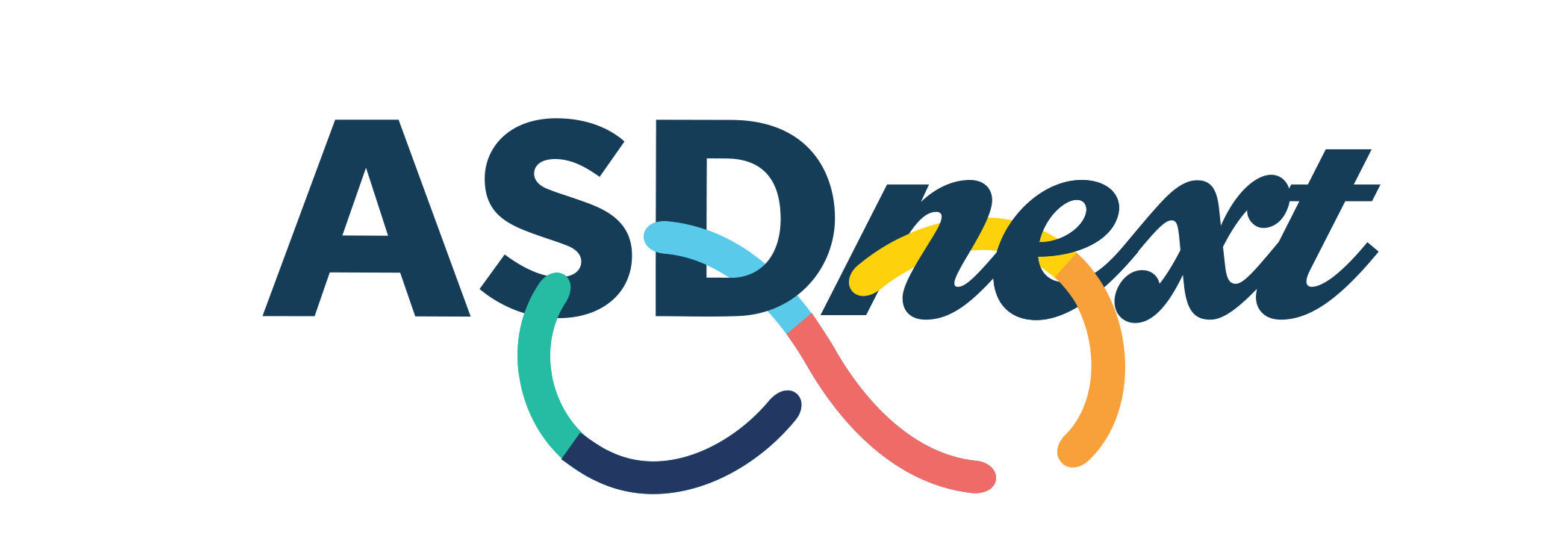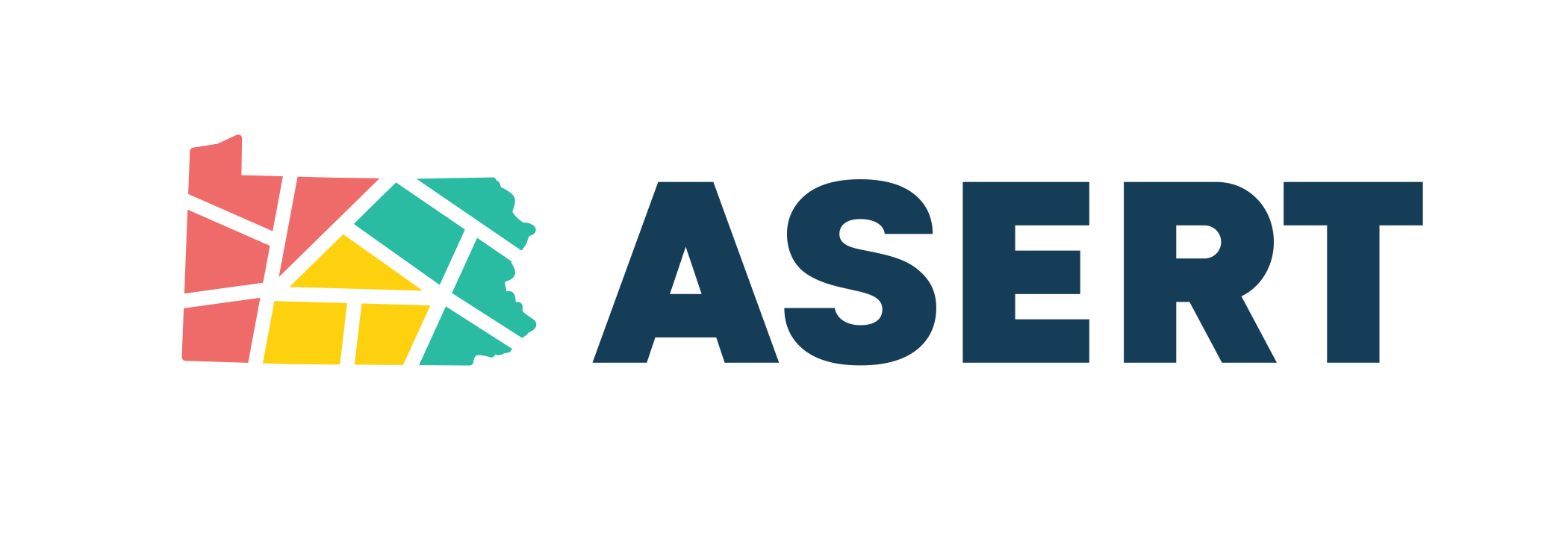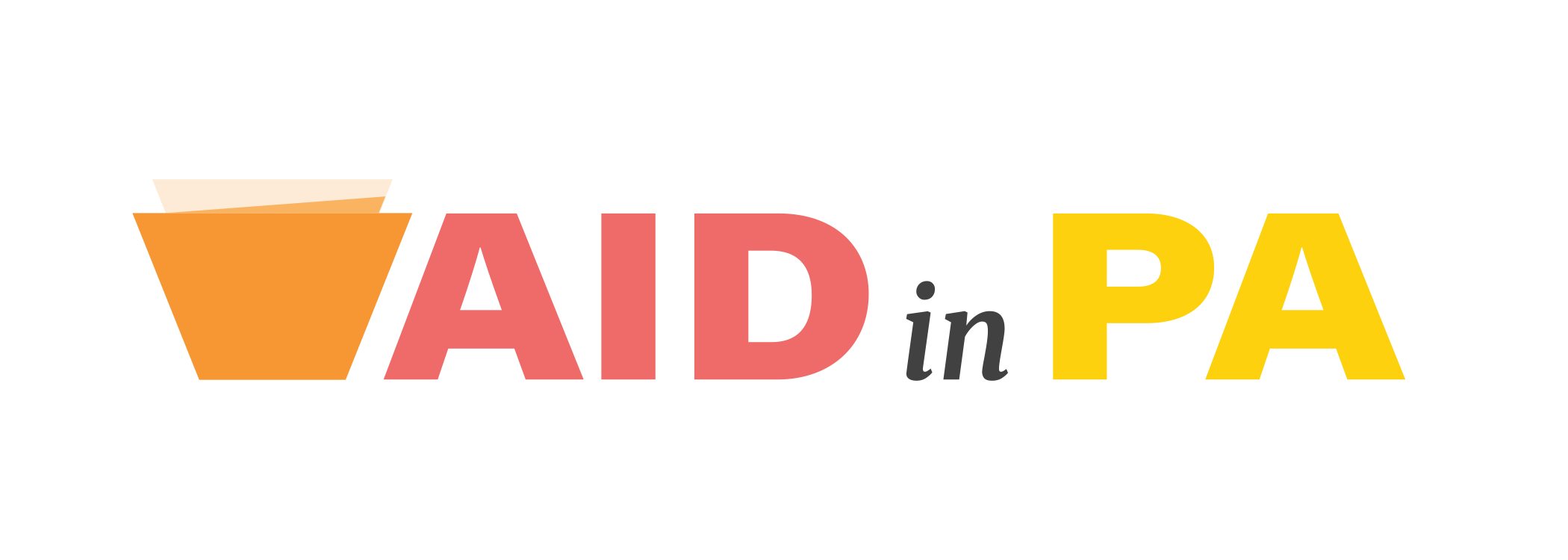Positive Approaches Journal, Volume 8, Issue 4
Positive Approaches Journal | 6

Volume 8 ► Issue 4 ► 2020
Maximizing Resources
Introduction
When one hears the phrase, “maximizing resources” one usually thinks of making dollars stretch and saving money. No doubt, getting enough revenue to meet an agency’s budget, and to meet the needs of the people they support, is vitally important. But many agencies may find that cost savings result not only in better fiscal health, but also in better services to individuals. This issue focuses on the need to employ creative ways at addressing individualized needs with scant or sometimes unavailable resources. So, to state it again, urgency in resources may present an opportunity to change … for the better. Finding more money is not necessarily the solution to some problems. Nor is it realistic, in many cases, to think that more money will make a difference. Changes in administration or programming may result not only in saving money but also in potentially helping clients live better lives. For example, individuals deciding to share housing through a supportive housing program may find the new socialization – living with other people in close quarters – to be life-changing. Save money, and combat loneliness. Agencies employing free or low-cost technology may discover more efficient ways to deliver services. Save money, and achieve more speed, agility and communication. Organizations may benefit from considering other federally funded models of coordinating care, such as the capitated coordinated care model of managed care organizations. Save money, and provide additional, efficient services such as programs to address complex needs and special needs. Tapping into existing community resources in a systematic way is another way to not only achieve better fiscal health but also to expand the universe of caring, talented people who can help vulnerable individuals. Save money and integrate clients into the community. Ultimately, the most valuable resources in organizations are the human resources. Effective leaders know how to empower their employees to creatively suggest and employ strategies such as those mentioned above. This empowerment creates a culture of continuous improvement. When leaders allow people to think differently about problems and goals, the phrase maximizing resources takes on a deeper meaning that goes beyond cost savings. Hopefully this issue will challenge readers to think outside the box and find effective ways to deliver highly personalized services in an age of high needs and limited resources.
—Dave Knauss, Human Services Program Specialist,
Office of Long-Term Living



